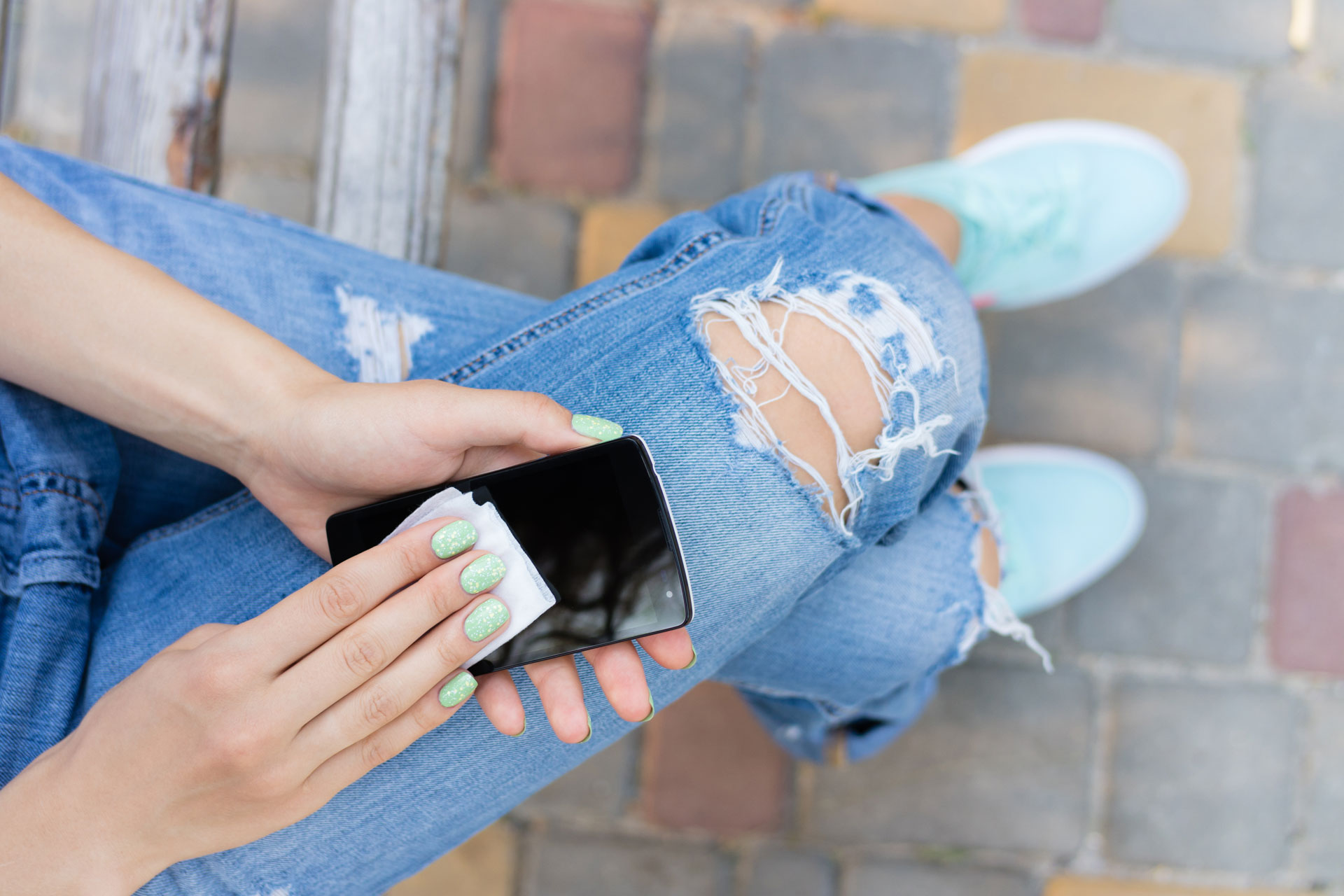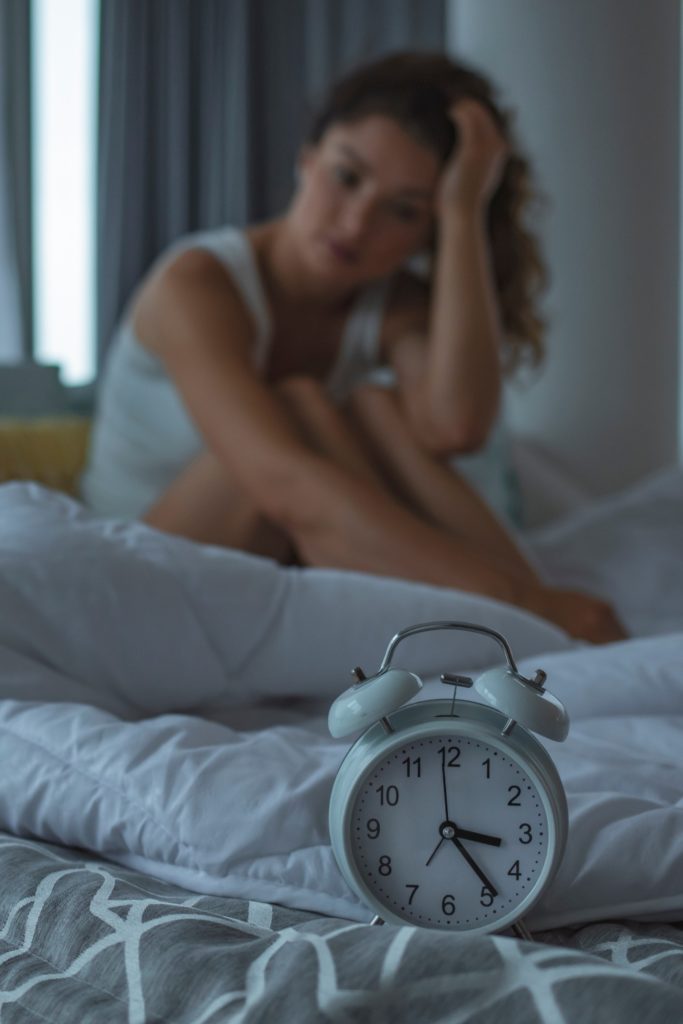
How Dirty Is Your Mobile Phone?
By
5 months ago
All sorts of bacteria could be lurking on your device
We’re all guilty of having our phones on the table during dinner, but it turns out this could actually be making us ill. That’s because the average mobile is ridden with bacteria – over 7,000 different types, which is more than a toilet seat. And when you take it to the dining table, all those germs can creep into your food, consequently causing illness. So what’s the correct way to clean your phone?
Poor Phone Hygiene Could Be Making You Ill
Our phones come everywhere with us – from the bedroom to the bathroom to the commute and the office. It’s estimated that we touch around 150 different items throughout the day, which means there’s a lot of potential for bacteria from dirty surfaces to end up on our screens and cases.
Numerous studies have shown our phones can be contaminated with all kinds of potentially pathogenic bacteria. Yet according to mobile phone recycling comparison website Compare and Recycle, 15 percent of Brits never clean their phones – despite the fact that seven percent of us use our devices while on the toilet.
Dr Gareth Nye, program leader for BMedSci Medical Science at The University of Cheshire, explains: ‘Each one of these surfaces has the potential to lead to contamination with more dangerous bacteria. Once on our hands, the next place our hands normally touch is a phone screen, and bacteria transfers from any object we touch to the phone.’
This is particularly true when you consider phone usage on the toilet, he adds. ‘This directly correlates to the spread of bacteria from faeces. As they naturally find their way to our hands during trips to the toilet, then to our phones, which will continue a passage of transfer until both surfaces are clean. This can cause the spread of bacteria around the dinner table if you also have your phone in use while eating.’
So what kinds of bacteria are we talking? It depends on your line of work, says Dr. Nye. ‘Healthcare workers, even if not frontline, can be growing a range of bacteria with the most common being Pseudomonas aeruginosa (which can cause severe respiratory or skin infections) and Acinetobacter baumannii (which can lead to meningitis).
‘Non-healthcare workers still carry bacteria on their phones, with Gram-positive spore bacteria being the most common. These are linked to food poisoning and other GI issues. Almost all phone surfaces will carry the common dangerous bacteria E. coli and faecal streptococci.’
It’s enough to make your skin crawl – but it could be doing worse than that. Dr. Nye warns this kind of bacteria can lead to stomach issues and vomiting bugs, or, in more serious cases for those with compromised immune systems, lead to infections like sepsis or pneumonia.
There’s no question about it, then: phone hygiene is crucial. So how can we correctly clean our devices?

Getty Images
How To Clean Your Phone
Here are some top tips from the experts at Compare and Recycle.
- ‘Before cleaning, unplug your phone to avoid damage to the ports.
- Remove your phone case and wash it with hot, soapy water before leaving it to dry completely. Use a specialist cleaner to avoid causing permanent marks if your case is leather or PU leather.
- Go around your phone’s exterior with a lint-free cloth to remove dust and debris.
- Scrape a wooden toothpick into all of your phone ports to remove dust and dirt.
- Use a 70 percent isopropyl alcohol wipe or a cloth slightly dampened with hot, soapy water to wipe around the exterior of the phone, paying closer attention to areas around buttons and speaker holes. To limit the chance of water damage, avoid spraying liquid cleaners directly onto the phone and avoid the phone’s ports.’
How often should we be doing this? A daily sanitisation, as well as practising good hand hygiene, should be enough to prevent most infections, says Dr. Nye.









